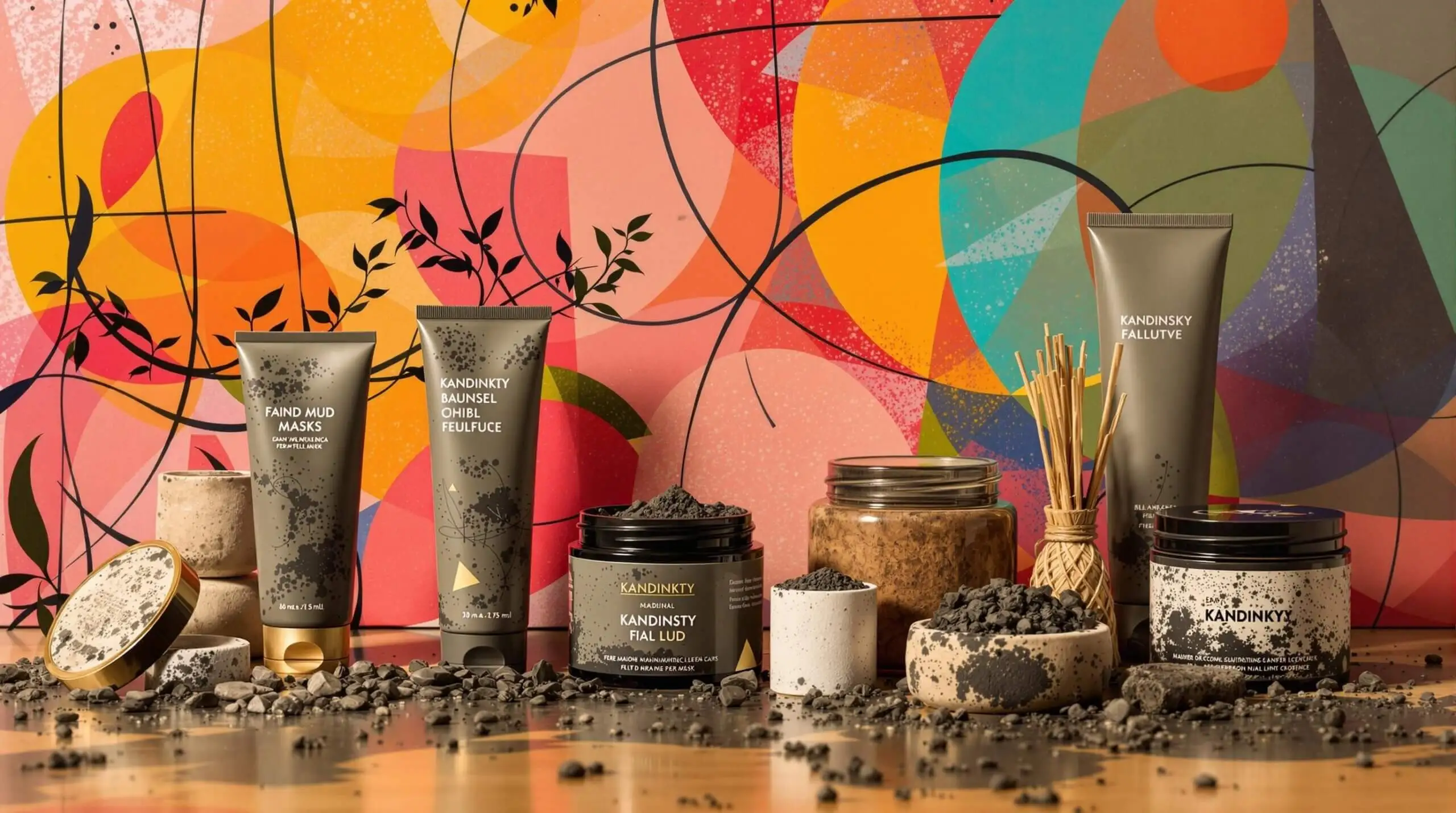Mud Baths: Earthy Remedies for Extended Youth
Discover the rejuvenating power of mud baths and their role in promoting youthful skin.

Understanding Mud Baths: Ancient Practice, Modern Benefits
What are Mud Baths?
Mud baths have been part of human wellness practices for thousands of years. From the Dead Sea to the volcanic regions of Italy, people have immersed themselves in mineral-rich mud to improve their health and appearance. These aren’t your garden-variety mud puddles – they’re specifically sourced from areas rich in minerals, sulfur compounds, and beneficial microorganisms.
The Science Behind Mud Therapy
Modern research reveals that mud baths do more than just feel good. The combination of heat and mineral content creates a powerful anti-inflammatory effect. Studies show that regular mud bath treatments can reduce joint pain, improve skin elasticity, and even influence cellular aging processes. The high mineral content, including magnesium, calcium, and silicon, penetrates the skin and supports cellular regeneration.
Historical Origins and Evolution
Ancient Egyptians were among the first to document mud bath benefits, using Nile clay for medicinal purposes. The Romans expanded this practice across their empire, building elaborate facilities for mud treatments. Today, modern spas and wellness centers have refined these techniques, combining traditional knowledge with scientific understanding.
Common Misconceptions
Many assume mud baths are simply about relaxation or skin cleansing. However, research shows their benefits extend far deeper. Another myth is that all therapeutic mud is the same. In reality, different mud sources offer distinct mineral profiles and therapeutic properties. Some people worry about hygiene, but properly sourced and maintained therapeutic mud is actually antimicrobial.
Research and Evidence
Clinical studies demonstrate impressive results. Research from the International Journal of Biometeorology shows that regular mud therapy can reduce oxidative stress markers by up to 20%. Studies in rheumatology journals report significant pain reduction in arthritis patients. Dermatological research indicates improved collagen production and skin cell turnover after mud treatments.

The Modern Landscape of Mud Therapy
Types of Therapeutic Mud
Different regions produce unique therapeutic muds. Dead Sea mud contains high levels of magnesium and bromide. Italian volcanic mud is rich in sulfur compounds. Japanese hot spring mud offers unique mineral compositions. Each type provides specific benefits for different health and aging concerns.
Application Methods and Protocols
Professional mud treatments typically last 20-40 minutes. The mud is heated to body temperature or slightly above, maximizing mineral absorption while maintaining comfort. Some treatments combine mud applications with massage or hydrotherapy. Home treatments are available but require careful sourcing and proper application techniques.
Mud Bath Benefits for Longevity and Youth
Skin Health and Aging
Therapeutic mud works on multiple skin aging factors simultaneously. It draws out impurities while delivering minerals that support collagen production. The gentle exfoliation removes dead cells, while anti-inflammatory compounds reduce skin aging signs. Regular treatments can improve skin texture, reduce fine lines, and enhance natural moisture retention.
Detoxification and Cellular Health
The pulling action of clay minerals helps remove environmental toxins from the skin. This detoxification process supports overall cellular health. The heat from mud baths increases circulation, helping cells receive more nutrients while removing waste products more efficiently. This improved cellular function can slow various aging processes.
- Reduced inflammation throughout the body
- Improved circulation and nutrient delivery
- Enhanced detoxification processes
- Better stress hormone regulation
- Increased skin elasticity and hydration
- Improved joint mobility and reduced pain
- Enhanced immune system function
- Better sleep quality
Scientific Research and Mechanisms
Anti-Aging Effects
Research published in the Journal of Clinical Medicine shows that regular mud therapy can reduce inflammatory markers associated with aging. The combination of heat and minerals activates heat shock proteins, which help repair damaged cellular components. Studies indicate improved telomere maintenance in regular mud bath users.
Stress Reduction and Hormonal Balance
Mud treatments significantly reduce cortisol levels – a key stress hormone linked to accelerated aging. The warmth and pressure of mud therapy stimulate parasympathetic nervous system activity, promoting cellular repair and regeneration. This stress-reducing effect has long-term implications for longevity.
Practical Guidelines for Mud Bath Therapy
Choosing the Right Mud
- Look for certified therapeutic mud sources
- Check mineral content and sourcing information
- Consider your specific health goals
- Verify testing for contaminants
- Research the reputation of providers
Treatment Protocols
- Start with a patch test for sensitivity
- Begin with shorter sessions (15-20 minutes)
- Maintain proper temperature (37-39°C)
- Stay hydrated before and after treatments
- Follow recommended frequency guidelines
- Combine with gentle exercise and proper nutrition
Safety Considerations
- Consult healthcare providers if you have chronic conditions
- Avoid if pregnant or have acute infections
- Monitor skin reactions carefully
- Don’t exceed recommended treatment times
- Follow proper hygiene protocols
Integrating Mud Therapy into Anti-Aging Programs
Complementary Practices
Mud therapy works best as part of a comprehensive anti-aging strategy. Combine treatments with proper nutrition, regular exercise, and stress management. Some practitioners recommend alternating mud baths with other therapeutic treatments like massage or hydrotherapy for optimal results.
Frequency and Timing
Research suggests starting with weekly treatments for the first month, then maintaining with bi-weekly or monthly sessions. The best results come from consistent, long-term use rather than intensive short-term programs. Morning treatments often provide the most benefits for circadian rhythm regulation.
Future Developments in Mud Therapy
Emerging Research
Scientists are studying new applications of mud therapy, including its effects on gut health and microbiome regulation. Research into specific mineral combinations promises more targeted treatments. Some studies examine the potential of engineered therapeutic muds with enhanced properties.
Technology Integration
Modern facilities now use advanced temperature control and mineral monitoring systems. Some centers combine mud therapy with light therapy or sound healing. New delivery systems make home treatments more effective and convenient.
Conclusion
Mud therapy offers a scientifically supported approach to extending youth and promoting longevity. The combination of mineral absorption, detoxification, and stress reduction creates multiple pathways for health improvement. By following proper protocols and maintaining consistent treatment schedules, mud baths can become a valuable tool in any anti-aging strategy. The key lies in choosing quality products, following safe application methods, and integrating treatments into a broader health-focused lifestyle. As research continues, we’re likely to discover even more benefits of this ancient practice for modern longevity goals.